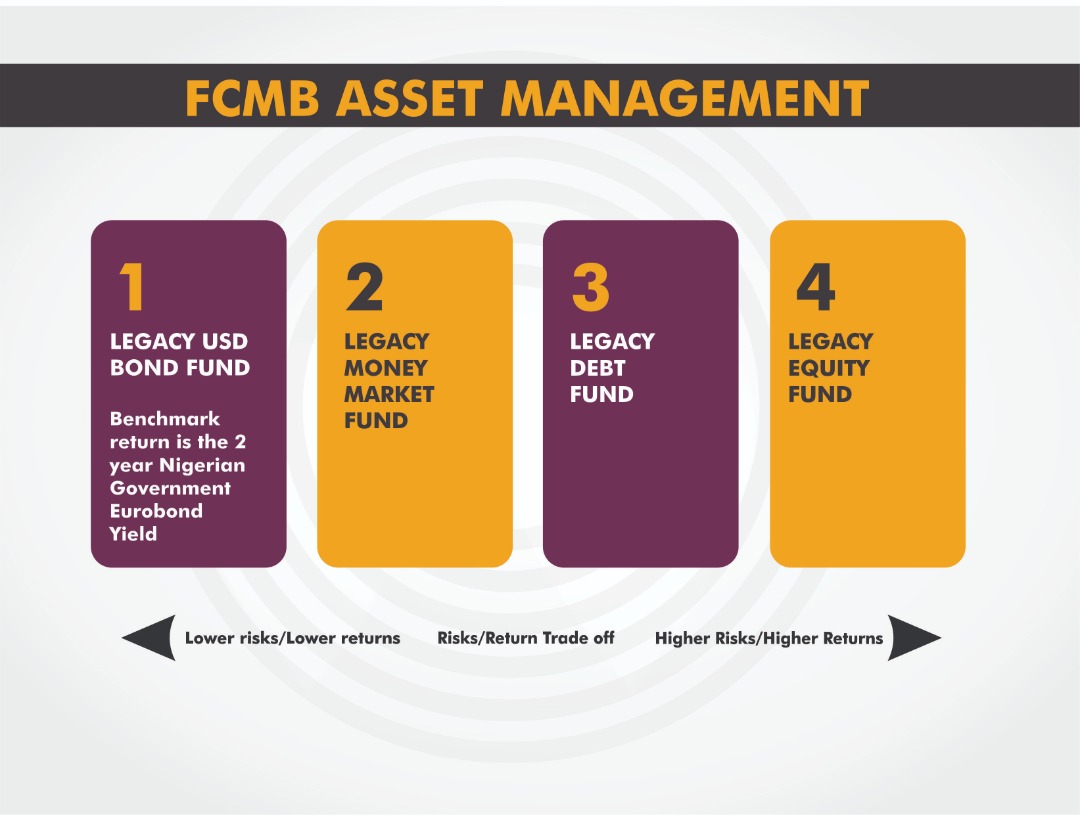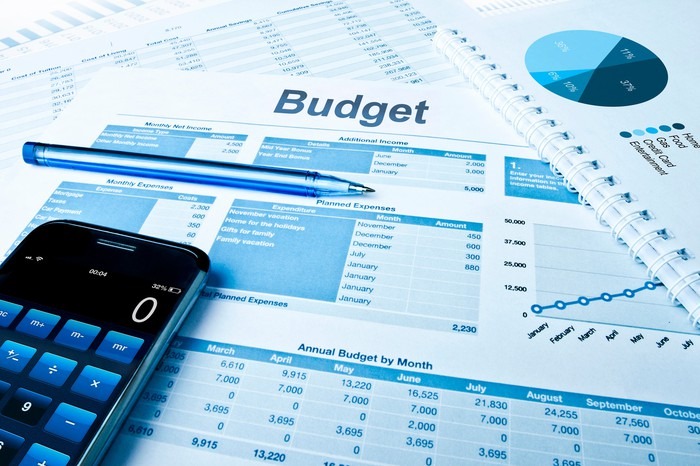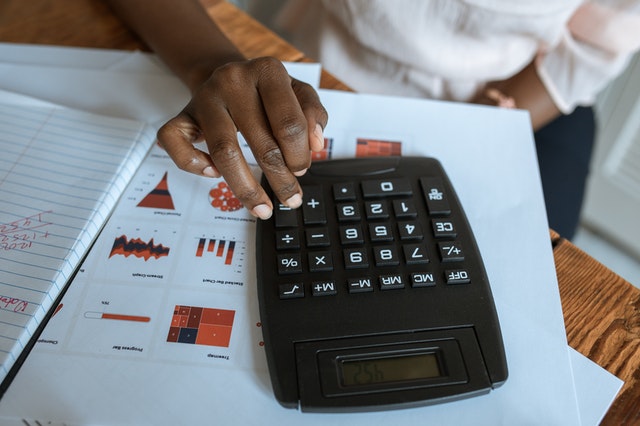According to the calendar released by the Central Bank of Nigeria (CBN), the next Monetary Policy Committee (MPC)Meeting will be held on March 23rd, 2022.
Why should you care about this meeting?
The Monetary Policy Committee is created to “facilitate the attainment of price stability and support the Federal Government’s economic policy. The MPC formulates monetary and credit policy.
What is Monetary Policy?
Monetary policy is the use of monetary instruments under the control of Central Banks to regulate such matters as interest rates, credit, and money supply in such a manner as to achieve a stated economic policy.
How does monetary policy work?
Let us assume the Central Bank determines by using forecasts that a recession could happen in the economy. A recession of the course of six months of negative GDP growth. GDP is a measure of output generated in an economy. Thus, negative growth connotes that output is stalling, just like a car running low on fuel. To keep the vehicle moving, you can add more fuel; in the case of the economy, the fuel is spending cold cash. GDP is a measure of Government spending, Investments, Consumption, and net exports, see Diagram 1. Thus, the government can “juice” the GDP growth by spending to generate employment and commerce.
Diagram 1. How GDP is calculated
One way to inject funds into an economy is to make the cost of borrowing fall and become cheaper. Thus, the CBN using its monetary powers can reduce the interest rates in the economy, thus making borrowing less expensive. The goal is to reduce the cost of borrowing, enabling more businesses to borrow to invest and create jobs. It’s the job of the MPC to determine how these monetary tools will be applied.
In the same vein, if the CBN believes that inflation is rising too fast, it can fight inflation by raising the cost of borrowing money. The impact is less investment and spending.
To understand how this works, let us review the minutes of the last MPC and interpret them to learn. Summary of MPC decision for 25th January 2022
“The Committee thus decided by a unanimous vote to retain the Monetary Policy Rate (MPR) at 11.5 per cent. In summary, the MPC voted to maintain”:
- The MPR at 11.5 per cent.
- II. The Asymmetric Corridor of +100/-700 basis points around the MPR;
- III. The CRR at 27.5 per cent; and I
- V. The Liquidity Ratio at 30 per cent.
“The Monetary Policy Rate at 11.5 per cent.”
The MPR can be considered the benchmark rate that the CBN will lend banks under its mandate as the lender of last resort. When banks borrow and lend in the Nigerian Interbank market, they benchmark the interest and charge each other based on the MPR. Thus, if the CBN sets MPR at 13%, all commercial banks will lend 13%, plus the respective risk premium. If the CBN wants to reduce interest rates in the economy, it can review its benchmark rate downward from 13% to say 10%; this will translate to the banks reducing their rates from 13%+ to 10+. Thus, to lower interest rates, CBN reduces its benchmark rate,
When this meeting was held, the inflation rate was 15.5%, that’s high. Thus, whilst the CBN wants lower rates, it worries that lower rates will drive inflation, so it held its fire and maintained the status quo.
“The Asymmetric Corridor asymmetric corridor of +100/-700 basis points around the MPR.”
A band of +100 /-700 means the CBN will lend at 12.5% (11.55 + 100 basis points) but will borrow at 3% (11.5%-700 basis points). The CBN is essentially signally to the commercial banks not to place funds with the CBN and earn so little (3%) but to seek out lenders in the real sectors to earn higher net interest earnings. If the CBN wants to reduce the cash in circulation, it can adjust the corridor, then pay higher rates, and the banks will inflow cash away from their vaults to the CBN, thus reducing cash in circulation that could fuel inflation.
“The CRR at 27.5 per cent”
The cash reserve ratio is the portion of reservable liabilities (deposits from customers) that commercial banks must hold in their vaults rather than lend out. Thus, for every N100 in deposits, CBN mandates banks only to lend out N72.5k. if the CBN wants to increase the money supply in the economy, it will reduce the CRR and vice versa
The Liquidity Ratio at 30%
A bank’s liquidity ratio is its ability to pay off its current obligations without raising debt capital. It represents what percentage of deposits a bank must keep in the form of cash or near-cash securities before making loans to customers. The CBN is thus mandating that banks hold 30% of deposits as cash in the vaults to meet cash requests by banks. Like the cash reserve ratio, the Monetary Policy can reduce this rate and thus free up money for lending.
Importance to the investor
Reading the minutes will tell you if credit will be “cheap” or expensive; in other words, will interest rates rise or fall. If rates rise, the fixed-income market will attract investors more than the equity markets.
Other considerations
Should the CBN, which is independent, “support the FGN” irrespective of the policy goals of the FGN? Suppose a political party wins elections on the promise to pay every Nigerian a minimum wage of N1m a month if this party gets into office with a mandate to issue debt instruments to pay salaries. Should the CBN support that policy with its clear order of price stability?
Selah
Do follow on @finplankaluaja1






Comments are closed.